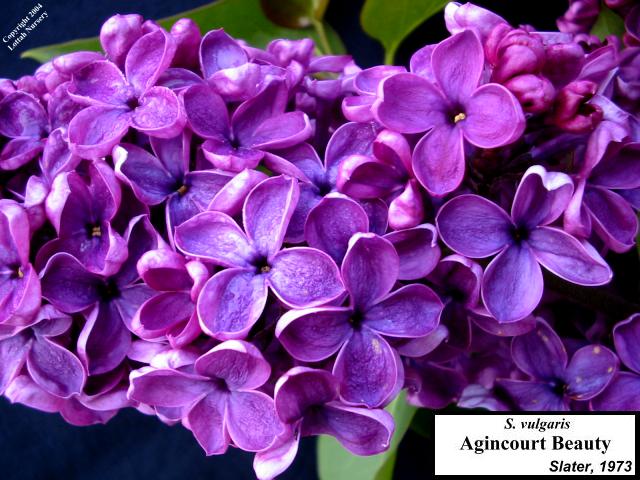
Lilac time
Share
LILAC TIME
- French lilac · Preston lilac · Everbearing lilac · Maintenance ·
At the end of May, the lilacs in bloom intoxicate us with their heady scents!
A bouquet on the table is enough to perfume the whole house! Summer is upon us...
FRENCH LILAC
The common lilac, with its mauve flower, gave birth to numerous French lilacs in multiple shades:
With single flowers:
- Souvenir of Louis Spaëth: purplish red;
- Monge: dark purple red;
- President Lincoln: very fragrant light blue;
- Sensation: red-purple bordered with white.
Double-flowered:
- Charles Joly: very fragrant red-purple;
- Katherine Havemeyer: very fragrant bluish mauve;
- Madame Lemoine: pure white;
- President Grévy: blue-purple.
3 to 5 m high and 2 to 3 m wide, its roots are suckering. Lilac thrives in any soil, but fears acidity. It prefers rich and moist soil, but not excessively so. It flowers more in the sun, but tolerates light shade.
PRESTON LILAC
Smaller in size (height: 2 to 3 m; width: 1.50 to 2.50 m), it flowers about two weeks later than the French lilac. Preferring sun, it likes slightly acidic soil and tolerates very humid soil. It does not sucker roots.
It is found in different colors:
- Donald Wyman: pink becoming purplish-purple;
- James MacFarlane: dark pink turning to soft pink;
- Minuet: pale purple;
- Nocturne: dark purple pink.
THE LILAC THAT BLOWS AGAIN
Here is a novelty out of the ordinary: Josée lilac. It flowers in spring, in summer (in August), then again in September, but less often. Compact, it reaches 1.75 m when grown on a stem, and 1.15 m as a shrub. Intended for small and sunny places, it can be used alone or in combination. The flower, lilac in color (!), is fragrant.
INTERVIEW
For better lilac flowering, follow our advice. Remove spent flowers at the base, no more. Do not over-prune: cut less than 20% of the branches each year, equally between old branches, juvenile stems and suckers. Remove misdirected branches and suckers, as well as old branches close to the ground. Avoid over-fertilizing. Correct soil acidity.
When sold as a tree, protect the graft for the first few years. Late in the fall, protect the trunk against rodents.
